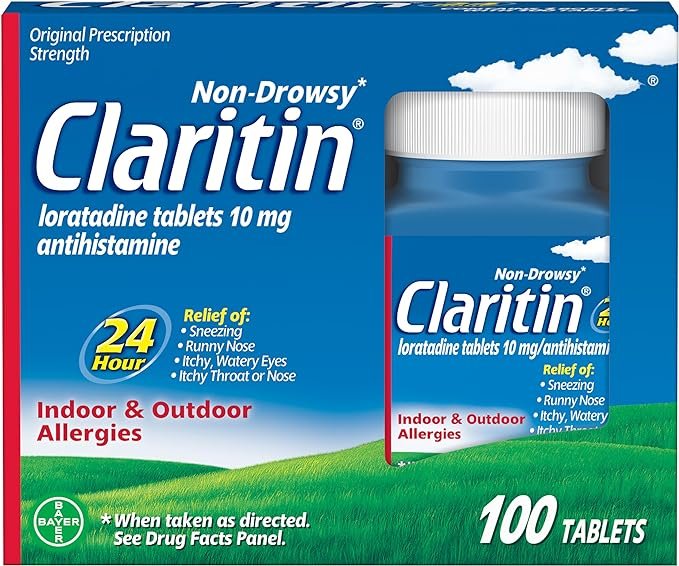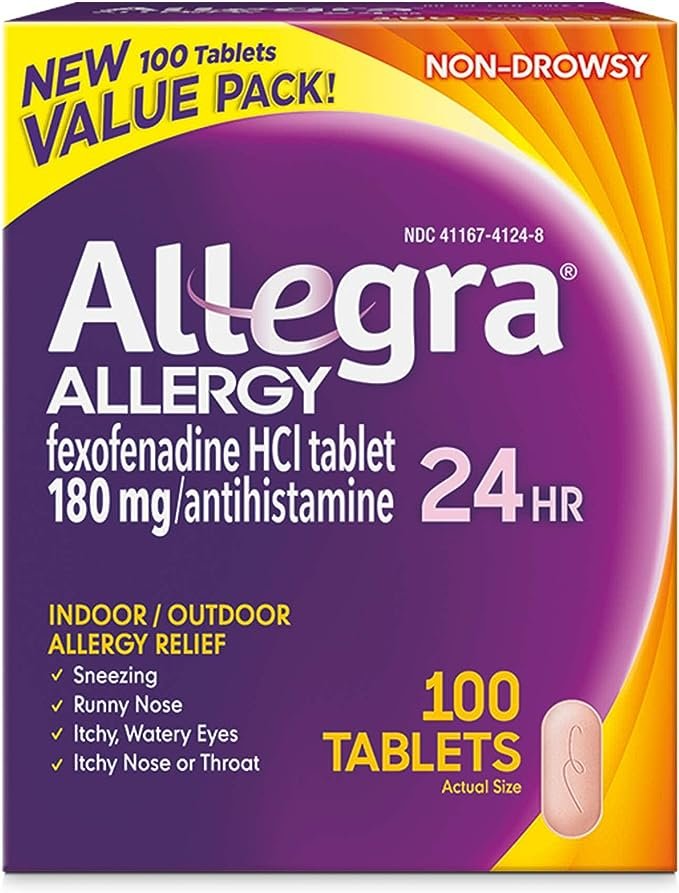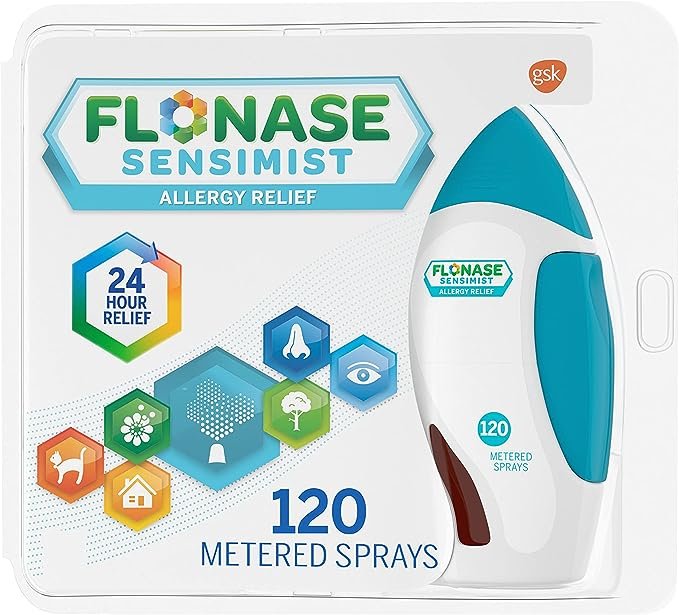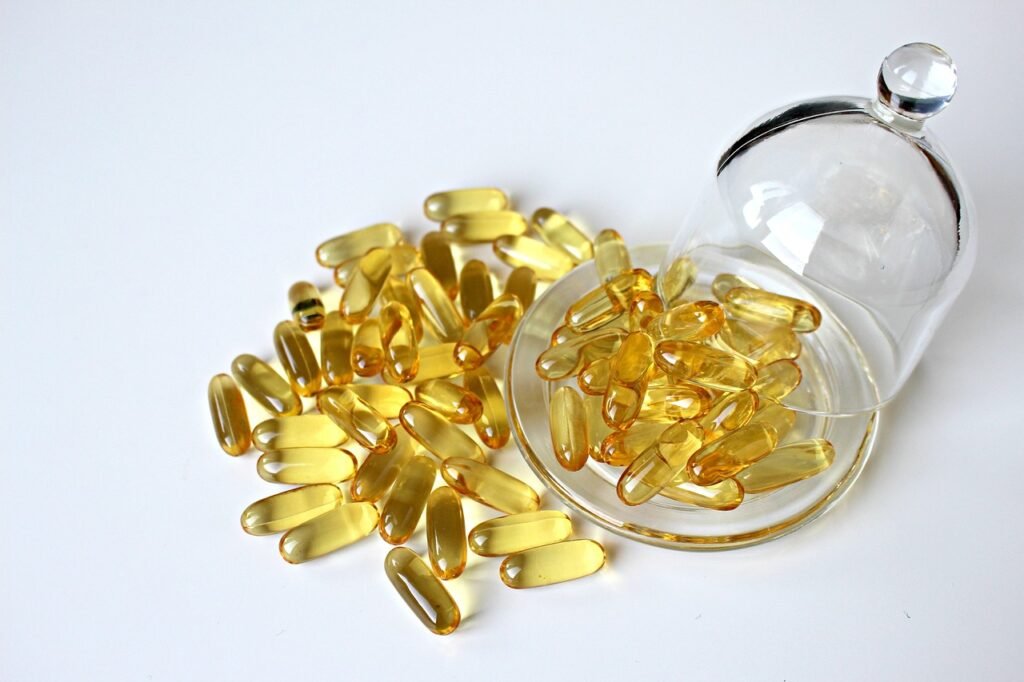
Intro
Navigating the congested waters of allergy season can be a daunting task. With a plethora of options available, pinpointing the best allergy relief remedies is crucial to reclaim your comfort and clarity.
Allergies not only disrupt our day with bothersome symptoms but can significantly impact our overall well-being. Therefore, understanding the nuances of available treatments is essential in crafting a personalized approach to combating allergies.
In this exploration, we’ll delve into three highly effective allergy relief solutions, providing you with a comprehensive understanding to soothe your sniffles and enhance your quality of life during peak allergy seasons.
Antihistamines – The First Line of Defense Against Allergies
In the realm of combating the myriad symptoms that allergies unfurl, antihistamines stand as the vanguard, offering solace and reprieve. These pharmacological allies operate on the front lines, engaging in a delicate dance to block histamine’s unwelcome advances. Histamine, a biochemical messenger released in response to allergenic incursions, orchestrates the uncomfortable cavalcade of sneezing, itching, and congestion that can besiege our daily lives.
Best Allergy Relief Antihistamines to Try
The spectrum of antihistamines at our disposal is vast and varied, encapsulating both over-the-counter selections and those that necessitate a prescription. Among this array, loratadine, cetirizine, and fexofenadine have distinguished themselves. Their efficacy in quelling allergy symptoms, without ushering in the somnolence that once was a common side effect of their predecessors, positions them as preferred choices for many seeking relief.
The integration of antihistamines into one’s allergy management strategy can dramatically transform the allergy experience, morphing it from a burdensome impediment to a navigable inconvenience. This transformation is not merely about suppressing symptoms but about reclaiming a sense of normalcy and vitality during times when allergies seek to undermine our well-being.
It’s imperative, however, to approach the selection of antihistamines with a spirit of informed collaboration, working alongside healthcare professionals to identify the option that resonates with your body’s unique chemistry and your life’s specific demands. The effectiveness of antihistamines can vary widely among individuals, influenced by a constellation of factors including the severity of allergies, concurrent medical conditions, and even the rhythm of one’s daily activities.
The journey toward finding the most suitable antihistamine is akin to navigating a labyrinth, one that requires patience, perseverance, and a proactive stance. By engaging in this process, one not only inches closer to symptomatic relief but also embarks on a deeper exploration of one’s health landscape, cultivating insights that can inform broader aspects of wellness beyond allergy management.
In this pursuit, the role of antihistamines extends beyond merely serving as a shield against histamine’s assault. It represents a foundational element in a holistic strategy aimed at ensuring allergies do not detract from life’s quality and vibrancy. Whether it’s stepping into the spring bloom without fear of a sneezing fit or embracing a beloved pet without the specter of itching eyes, antihistamines can be a pivotal component in rewriting the narrative of one’s allergy experience.
Nasal Steroids – A Potent Weapon for Nasal Congestion
In the intricate ballet of allergy management, nasal steroids emerge as a compelling protagonist, especially when the curtain rises on the act of nasal congestion. These powerful agents delve into the very fabric of the allergic reaction, targeting inflammation with precision and efficacy. Their role? To mitigate the swelling within the nasal passages, thus paving the way for a clearer breath, and a relief from the relentless sneezing, itching, and runny noses that often accompany seasonal allergies.
Best Allergy Relief Nasal Steroids to Try
The science behind nasal steroids is as fascinating as it is functional. By directly addressing the inflammatory processes that fuel many allergy symptoms, these medications offer a path to not just temporary relief, but a more sustained sense of respite. It’s a journey from the surface symptoms to the underlying causes, tackling the issue at its very root.
Among the pantheon of nasal steroids, fluticasone, budesonide, and mometasone stand out for their reliability and effectiveness. These aren’t mere names on a prescription bottle; they’re allies in the quest for an unburdened breath, chosen for their capacity to maintain control over the nasal symptoms that can otherwise dominate the allergy season. They do require a measure of patience, however. The full scope of their benefits often unfolds over several days, a reminder that the most profound forms of relief are sometimes those that are cultivated over time, rather than summoned in an instant.
This aspect of nasal steroids — their need for consistent application to achieve the desired outcome — speaks to a broader principle in allergy management: the importance of persistence and regularity. Just as the most rewarding paths in life are those we tread with dedication, so too is the path to effective allergy relief one that benefits from a disciplined approach to treatment.
As formidable as nasal steroids are in the battle against nasal congestion, their story is not just one of biological warfare against symptoms. It’s also a narrative about the potential for transformation. For those who integrate these medications into their allergy management strategy, the experience can be transformative, turning seasons once dreaded for their pollen-laden breezes into times of renewal and enjoyment.
Yet, the decision to incorporate nasal steroids into one’s allergy treatment plan is not one to be taken lightly. It necessitates a dialogue, a partnership between patient and healthcare provider to ascertain the most fitting option within the context of one’s overall health and allergy profile. This dialogue is crucial, as it ensures that the choice of nasal steroid is not just effective, but also harmonious with the individual’s unique physiological landscape and lifestyle requirements.
In the end, the role of nasal steroids in managing allergies is emblematic of a larger truth in healthcare: that the most effective treatments are those that are not only targeted in their action but are also tailored to the individual. By embodying this principle, nasal steroids stand as not just a potent weapon against nasal congestion but as a beacon of hope for those seeking to reclaim their comfort and quality of life amidst the challenges of allergy season.
Leukotriene Receptor Antagonists – Targeting Inflammation at Its Source
Embarking on a journey deeper into the fabric of allergy relief strategies, we pivot our focus to a group of prescription medications that confront inflammation at its very core: Leukotriene Receptor Antagonists (LTRAs).
This class of medications, while perhaps less immediately recognizable than their antihistamine and nasal steroid counterparts, plays a critical role in the nuanced landscape of allergy management. By zeroing in on leukotrienes, potent chemicals released by the body in response to allergenic stimuli, LTRAs effectively blunt the cascade of reactions that give rise to the all-too-familiar litany of allergy symptoms.
Montelukast, a stalwart in the LTRA category, has carved out a niche for itself through its proven effectiveness in alleviating both allergic rhinitis and asthma-related discomforts. This dual-action capability renders it a linchpin in the therapeutic regimens of those grappling with the double-edged sword of respiratory allergies and asthma. The science behind montelukast and its ilk is one of strategic blockade—halting the inflammatory process propagated by leukotrienes before it can escalate into the symptomatic turmoil of congestion, wheezing, and breathlessness.
What sets LTRAs apart in the broad spectrum of allergy relief options is not just their targeted approach to inflammation but also their capacity to straddle the domains of allergy and asthma management. This overlap offers a beacon of hope for individuals navigating the interwoven challenges of these conditions, presenting an opportunity to streamline their treatment strategies for greater efficacy and simplicity.
However, the journey toward incorporating LTRAs into one’s allergy and asthma management plan is not a solo endeavor. It necessitates a collaborative dialogue with healthcare providers to thoroughly assess whether this class of medication aligns with the intricacies of one’s specific health profile. Given their targeted nature, LTRAs are often earmarked for particular scenarios, underscoring the importance of personalized medical advice in optimizing their benefits.
In the grand tapestry of allergy relief measures, LTRAs embody a strategic pivot from the broad-spectrum approach of antihistamines and the localized action of nasal steroids to a more targeted offensive against the underlying mechanisms of inflammation. This transition reflects a broader theme in effective healthcare: the shift towards interventions that not only address symptoms but also target the root causes of discomfort. Montelukast and its counterparts offer a glimpse into the potential for a more nuanced, and ultimately more effective, approach to managing the multifaceted challenges of allergies and asthma.
As we navigate the complexities of allergy season, the introduction of LTRAs into the allergy management arsenal provides a new vantage point from which to tackle the perennial challenge of allergies. Their role extends beyond mere symptom management, offering a pathway to a deeper understanding of and engagement with our body’s response to allergens. Through this lens, we are not only combatting the immediate discomforts of allergies but also engaging in a more profound dialogue with our bodies, seeking solutions that resonate with the intricacies of our individual health landscapes.
In this pursuit, the value of LTRAs transcends the realm of immediate relief, embodying a commitment to a more informed, intentional approach to wellness.
Pint this post to read later









